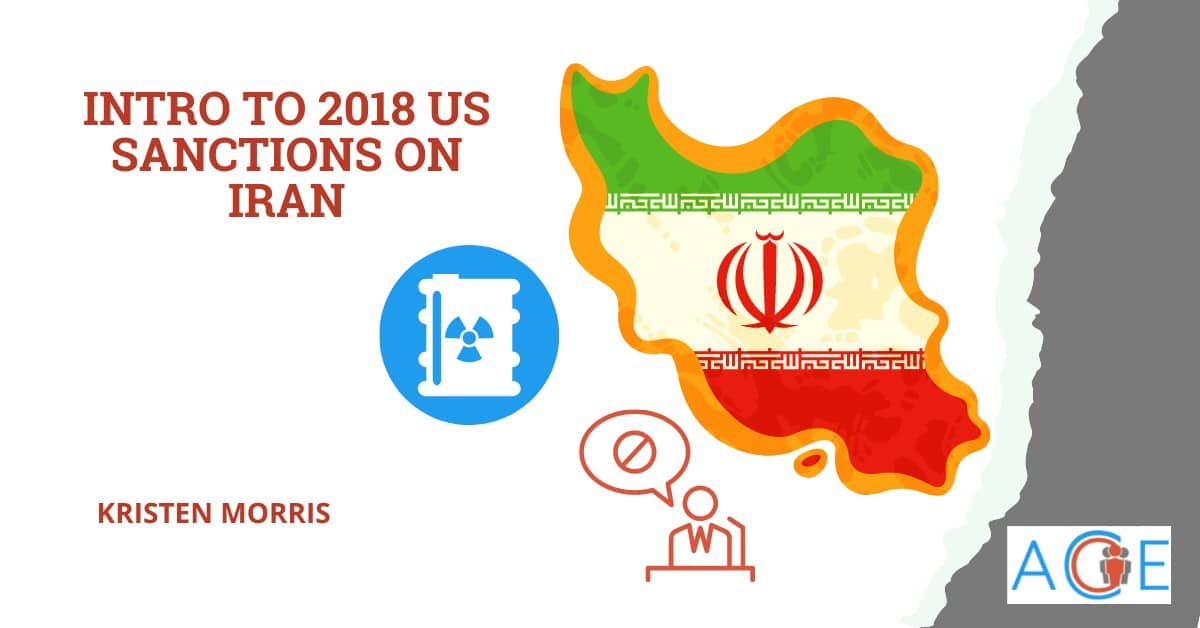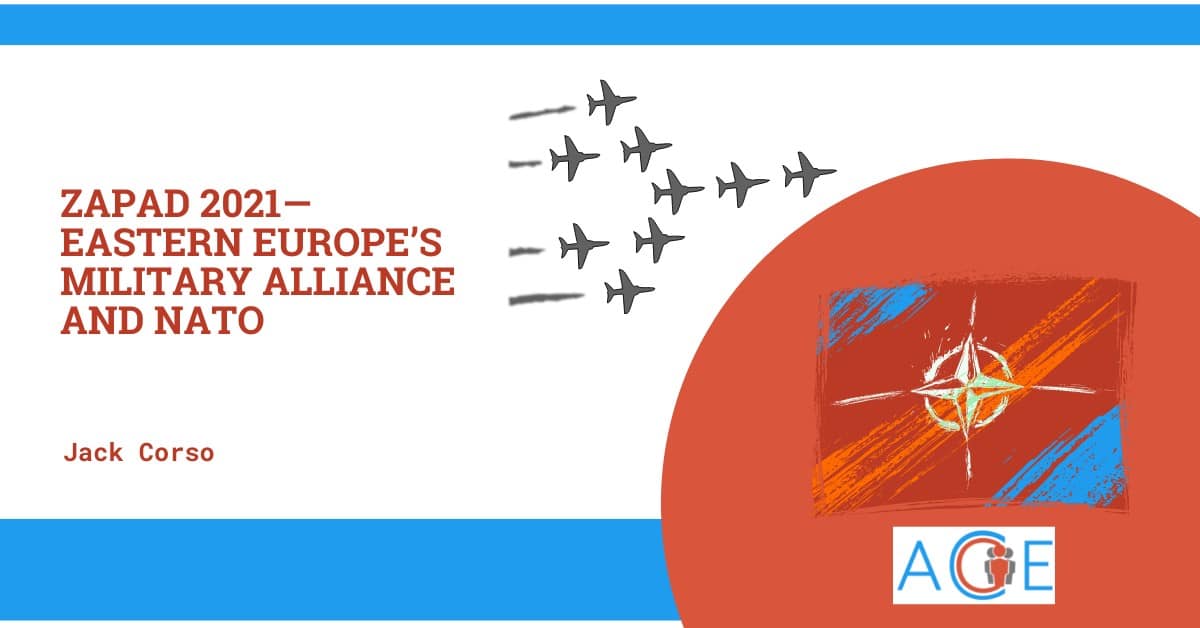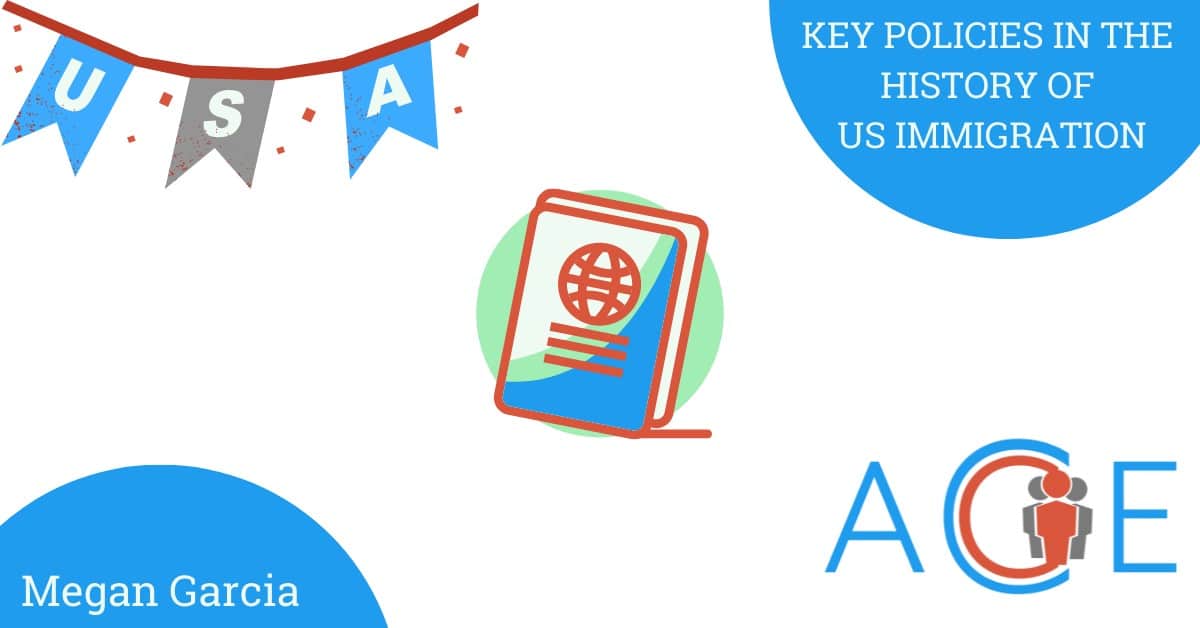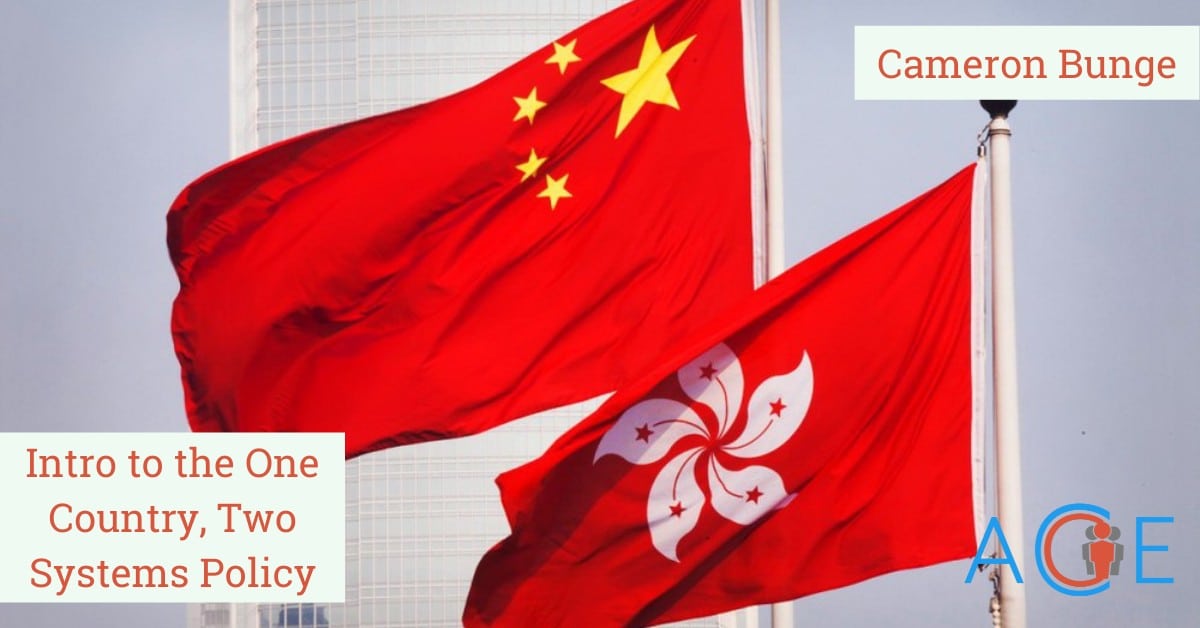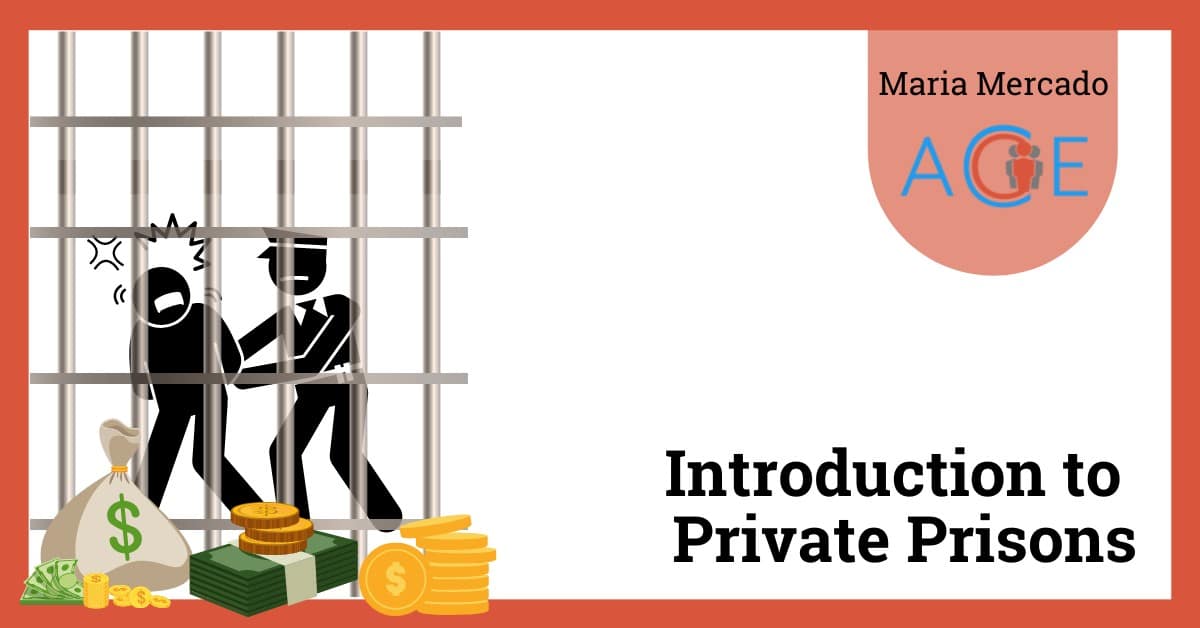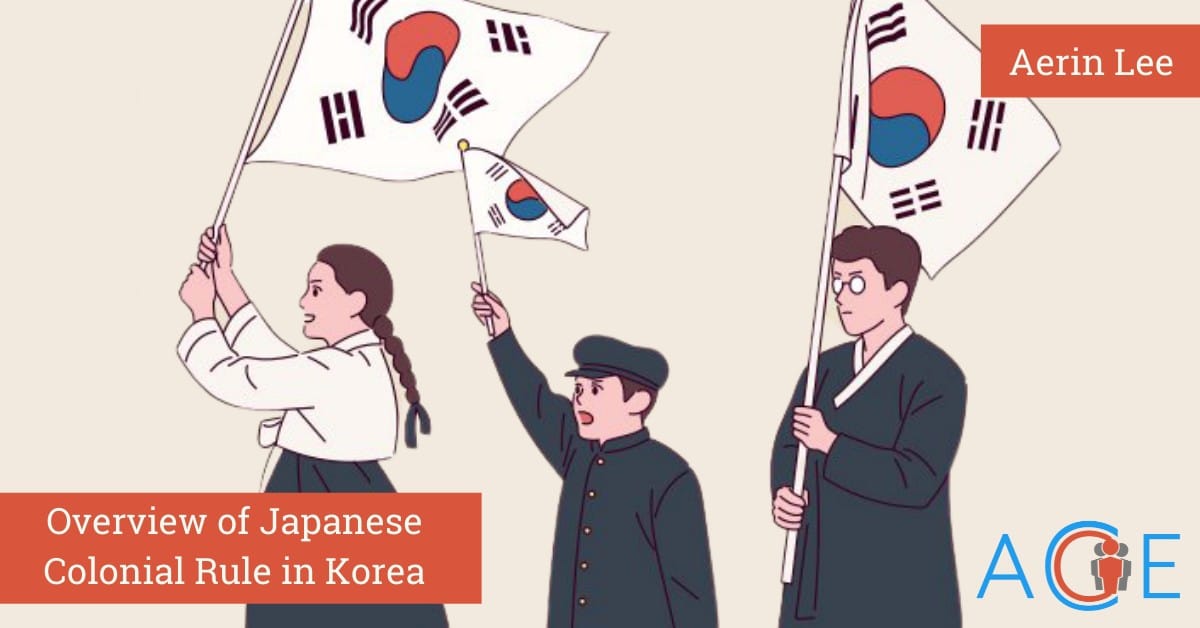Introduction
The first official piece of U.S. immigration policy was the Nationality Act of 1790, which created eligibility for citizenship by naturalization. From 1790 until the Nationality Act of 1965, U.S. policy prioritized immigrants from European countries, with heavy restrictions on immigration from other regions. Since that act, the immigrant, or foreign-born population, has quadrupled in size. The process to become a naturalized citizen has changed over the years as well. The foreign-born population includes any person who is not a U.S. citizen, including lawful permanent residents, naturalized U.S. citizens, temporary migrants, refugees and asylees, and unauthorized migrants.
Historical Overview of U.S. Immigration Policy
- The Nationality Act of 1790
The Nationality Act of 1790 was the first law enacted in United States history that defined who had the ability to become a naturalized citizen. It specifically allowed only “free white persons” who have resided in the U.S. for at least two years the ability to naturalize. The law also limited naturalization to those who were “of good moral character” and were male. Any child of a naturalized citizen under the age of twenty-one could also become a U.S. citizen. The use of the word “alien” when referring to an immigrant was first used in the wording of this act.
- Immigration Act of 1864
Also known as An Act to Encourage Immigration, the Immigration Act of 1864 addressed labor shortages in the railroad and mining sectors by making it possible for immigrant workers to come to the United States. Similar to the concept of indentured servitude, immigrant workers would pay for their passage to the U.S. through a labor contract. This law was later repealed in 1868 due to protests by various labor organizations. Around this time in 1850, the U.S. began to survey the population through the census in 1850, and reported that there were 2.2 million immigrants, equaling 10% of the 23.2 million-strong population.
- Naturalization Act of 1870
The Naturalization Act of 1870 expands the requirements defined in the Nationality Act of 1970 to “aliens of African nativity and to persons of African descent.” However, other nonwhite immigrant groups such as Asians still could not become fully naturalized citizens.
- Series of Exclusionary Acts
- The Immigration Act of 1875, also known as the Page Law or the Asian Exclusion Act, prohibited unfree laborers and women brought to the United States for “immoral purposes.” This act was primarily enforced against the Chinese.
- Soon after, in 1882, the United States passed the Chinese Exclusion Act that banned Chinese laborers from migrating to the U.S. for the next 10 years. It began the deportation of unauthorized Chinese immigrants and barred naturalization for any Chinese immigrants that had resided in the U.S. after November 16th, 1880. This act was renewed for another 10 years in 1892 with the Geary Act. In 1880, the total foreign-born population equaled 13.3% of the population. In 1902, the exclusion was expanded to those migrating from Hawaii and the Philippines.
- The 1891 Immigration Act expanded the groups to be excluded from immigrating to the United States to those who have a contagious disease, practice polygamy, felons, and “all idiots, insane persons, paupers or persons likely to become a public charge.”
- The Immigration Act of 1903, also known as the Anarchist Exclusion Act, banned anarchists, beggars, and importers of prostitutes from immigrating. This was the first exclusionary act that banned immigration based on personal political beliefs.
- The 1917 Immigration Act, known as the Asiatic Barred Zone Act, banned immigration from most Asian and Middle Eastern countries besides the Philippines, a U.S. colony. A literacy test designed to test the migrant’s ability to read English was also introduced.
- 1921 Emergency Quota Act
Immigration quotas were introduced that allowed 3% of the foreign-born population of a specific nationality (from the 1910 census). Immigration from Asian countries was still barred. This was enacted due to fears of increased immigration soon after World War, and was primarily used to limit immigration from southern and eastern European countries. These quotas did not apply to countries in the Western Hemisphere. Total annual immigration was capped at 350,000. At this point, the total foreign-born population made up 13.2% of the total population which was 108.5 million.
- Immigration Act of 1924
Also known as the 1924 National Origins Quota Act, the Immigration Act of 1924 further restricted immigration by reducing the annual immigration cap from 350,000 to 165,000. Additionally, the national origin quota was limited to 2% of the foreign-born population of a specific nationality counted in the 1890 census. This gave immigrants from northern and western European countries a better chance of immigrating. Policymakers wanted to maintain the majority-white ethnic makeup of the population, and at that time people from other parts of Europe were not considered white.. Asian countries continued to be barred from immigrating and a formal restriction on Japanese immigration was added. This act also allowed the U.S. congress to deny entry to Jewish people.
- Bracero Agreement in 1942
This agreement between the United States and Mexican governments addressed labor shortages during World War II. Mexican workers were able to sign contracts in the agriculture industry. Many Mexican workers experienced employer abuse and discrimination when participating in the program. This program was in practice until 1964, after reformers pushed for change. The foreign-born population decreased at this time to around 8.8% of the total population which was 132.1 million.
- Immigration and Nationality Act of 1952
Also known as the McCarren-Walter Act, the Immigration and Nationality Act of 1952 removed race as a grounds for exclusion for immigration and naturalization, while granting Asain countries a minimum quota of 100 visas per year. The national origins quota was updated to one sixth of 1% of each nationality counted in the 1920 census. Nonetheless, 85% of immigration quotas and visas were given to western and northern European countries.
- Migration and Refugee Assistance Act of 1962
President Kennedy enacted this act in order to provide medical care, financial issues, educational help, resettlement, and child welfare services specifically for Cuban refugees. It formalized the Cuban Refugee Program to further help those in the Western Hemisphere fleeing oppressive regimes. It was used as a foreign policy strategy to oppose communist governments in the region.
- Immigration and Nationality Act of 1965
The biggest reform to immigration policy, this act finally replaced the national origins quota system built around race and ethnicity restrictions with a system that stressed family reunification and skilled workers. Eastern Hemisphere countries were given 170,000 of the total visas per year and 120,000 were given to Western Hemisphere countries. In 1970 the foreign-born population reached an all time low of just 4.7% of the total population.
- Refugee Act of 1980
The Refugee Act of 1980 created a different policy for the admission of refugees into the United States. Through this act, the U.S. adopted the United Nations definition of a refugee: “someone who is unable or unwilling to return to their country of origin owing to a well-founded fear of being persecuted for reasons of race, religion, nationality, membership of a particular social group, or political opinion.” It also established annual refugee quotas which were set by the Executive Branch. The Refugee Act was passed to facilitate immigration from conflict zones, and throughout the Cold War the U.S. prioritized giving refugee status to individuals fleeing conflicts related to communism. This included many Vietnamese and Korean refugees.
- Immigration Reform and Control Act of 1986
Also known as the Simpson-Mazzoli Act, this reform act created a pathway to residency for unauthorized immigrant workers who have resided in the United States since 1982. The H-2A visa, which allows for the admittance of temporary agricultural workers, was created under this act.
In 1987 President Reagan allowed for minor children of those who were legalized under this act to be protected from deportation. It was estimated that around 3 million immigrants, almost all of Hispanic descent, gained their legal status through this act.
- Immigration Act of 1990
This act created H-1B visas and H-2B visas, which were given to highly skilled temporary workers and non-agricultural workers. The immigration cap was raised to 700,000 in 1990 (its highest point in U.S. history) and was lowered to 675,000 in 1995. The Diversity Visa lottery was also introduced, which allowed for people who had been negatively affected by the preference system set into place through the Immigration and Nationality Act of 1965 to enter a lottery system for U.S. citizenship. The entry of around 20 million people over the next two decades, the greatest influx of immigrants in the nation’s history, was attributed to this act. This was the last comprehensive immigration reform act passed through congress.
Source: Migration Policy Institute
- Deferred Action for Childhood Arrivals (DACA)
President Barack Obama created the Deferred Action for Childhood Arrivals through an executive action that gave young adults who arrived in the U.S. illegally the opportunity to apply for temporary deportation relief with a two-year work permit. 790,000 people have benefited since the start of the program. However, In July of 2021, a U.S. district court in Texas found that DACA was “illegal” and partially ended the program for first-time recipients.
- Muslim Travel Ban
The “Muslim Ban” was implemented in 2017 under an executive order by President Donald Trump’s in an effort to stop travel and refugee settlement from some majority-Muslim countries. Travel was banned for 90 days from Iran, Iraq, Libya, Somalia, Sudan, Syria, and Yemen, refugee resettlement was halted for 120 days, and Syrian refugees were banned indefinitely.
U.S. Immigrant Population Today
The first population records for the immigrant population took place in 1850, which reported 2.2 million immigrants making up 10% of the total U.S. population. A 2018 study found that 44.8 million people residing in the United States are foreign-born, which comprises almost one-fifth of the world’s total migrant population, and 13.7% of the U.S. population (totalling 327.1 million). Since American independence, the origin of the immigrant population has shifted from primarily European countries to Western Hemisphere nations like Mexico and Canada.


